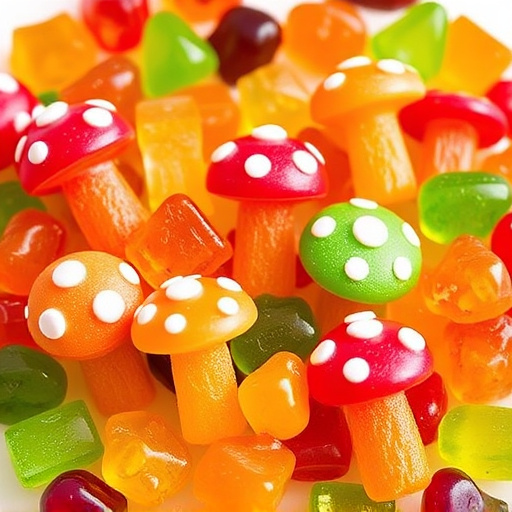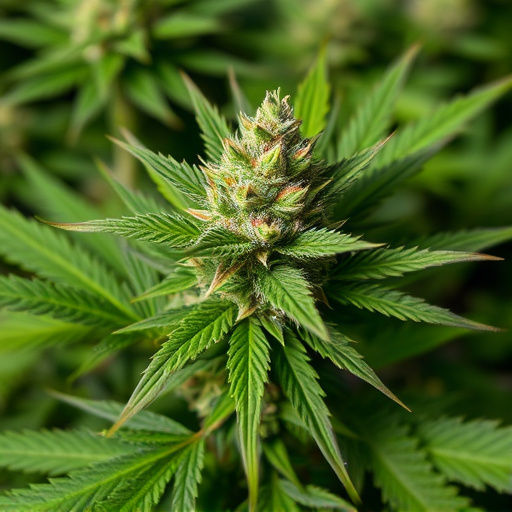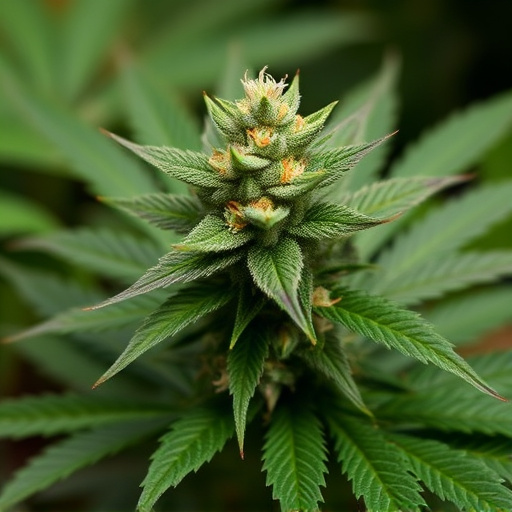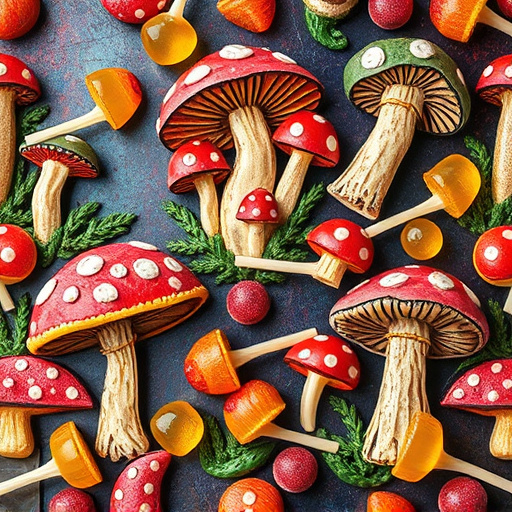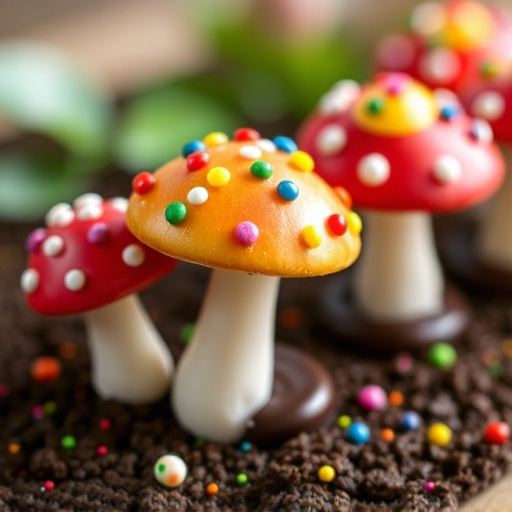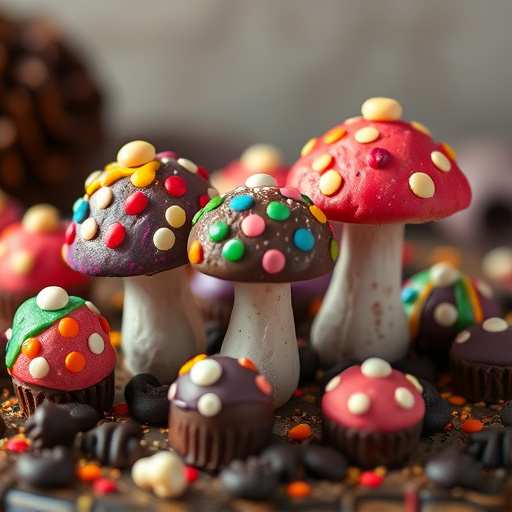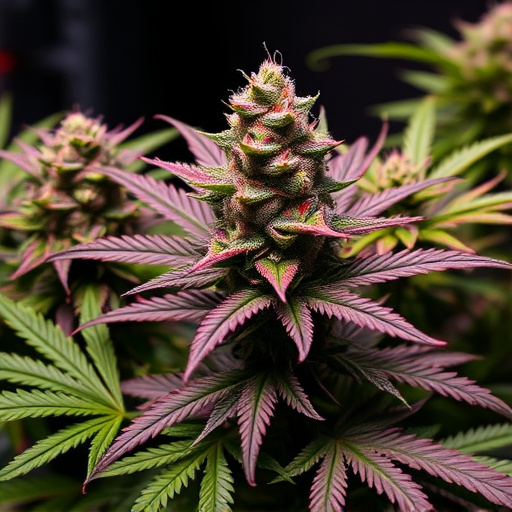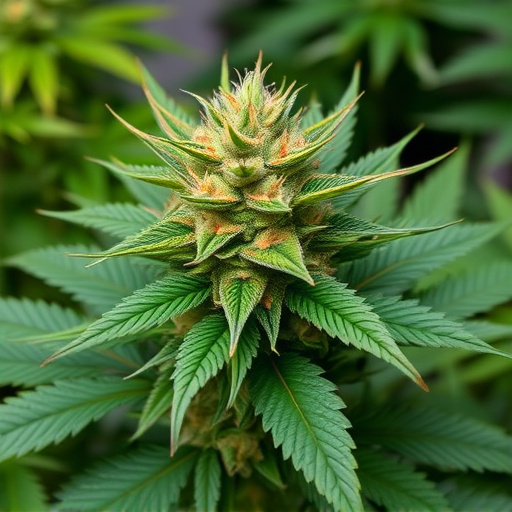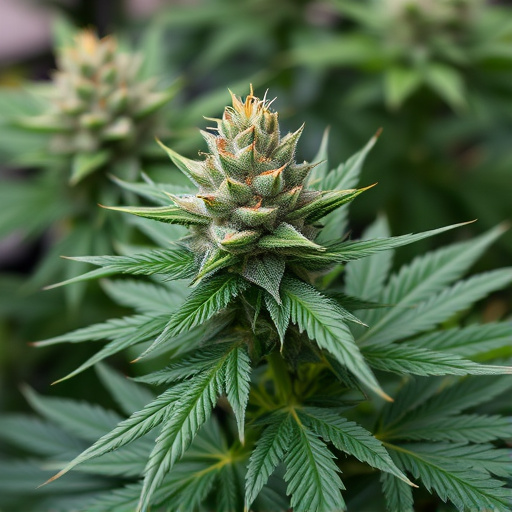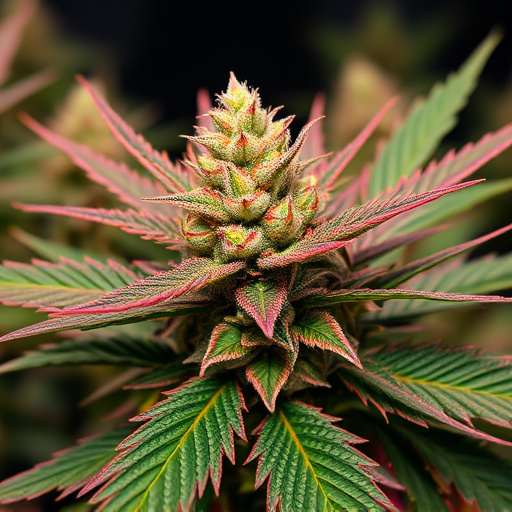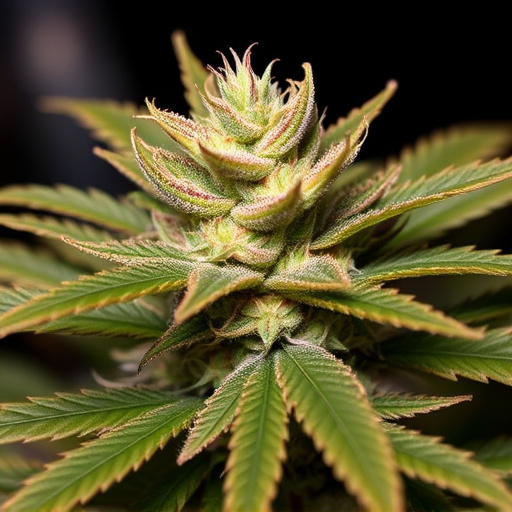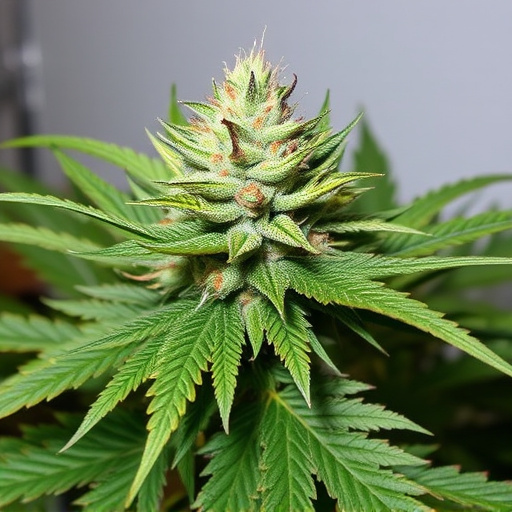The unique aromas of cannabis are driven by its genetic makeup and terpene profiles, with certain strains emitting stronger, skunk-like scents. Terpenes, or aromatic oils, create diverse odors and flavors, with each strain having a distinct combination. The best-looking cannabis strains aren't just visually appealing; they also offer an intricate balance of terpenes that craft unforgettable smells, ranging from sweet and floral to pungent and skunky. Growers cultivate specific terpene profiles to cater to varied preferences among even the most sought-after best looking cannabis strains.
“Unveiling the Secret Behind Skunk-Like Cannabis Aromas: A Journey Through Scent and Science
Cannabis enthusiasts often marvel at the diverse array of scents, with some strains evoking a distinct ‘skunk’ note. This intriguing characteristic is more than just an odor; it’s a complex interplay of genetics, cultivation, and breeding. In this article, we explore the factors that contribute to skunkier cannabis strains, from the molecular composition of terpenes to breeding practices, offering insights into why some plants capture this unique and recognizable aroma.”
- Genetics and Terpene Profiles: The Smell Factors
- – Exploring the role of genetics in cannabis aroma
- – Understanding terpene composition and its impact on skunkiness
Genetics and Terpene Profiles: The Smell Factors
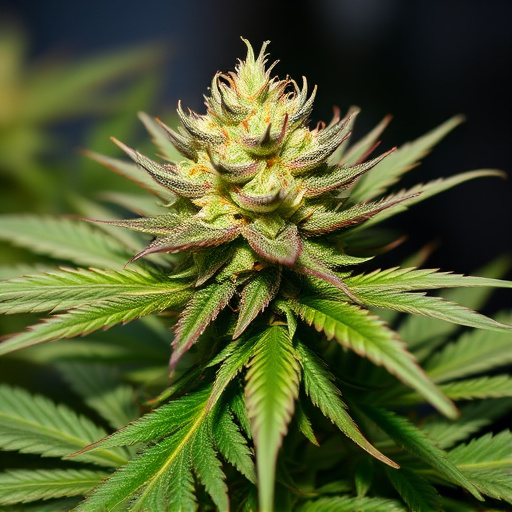
The genetics and terpene profiles of cannabis plants play a pivotal role in determining their aroma, with some strains naturally producing more pungent, skunk-like scents than others. Cannabis breeders have long been fascinated by these chemical compounds, which not only contribute to the distinctive smell but also offer therapeutic benefits. Terpenes, often described as the “aromatic oils” of cannabis, are responsible for the diverse range of odors and flavors we associate with different strains.
Each strain possesses a unique combination of terpenes, leading to variations in scent. For instance, myrcene, known for its earthy and musky notes, is prevalent in many skunk-like strains, contributing to their characteristic smell. On the other hand, strains high in limonene tend to offer more citrusy aromas, while those rich in linalool often exude floral and lavender scents. When it comes to best-looking cannabis strains, not only do visual appeal and quality matter, but so does the intricate balance of terpenes that craft an unforgettable olfactory experience.
– Exploring the role of genetics in cannabis aroma
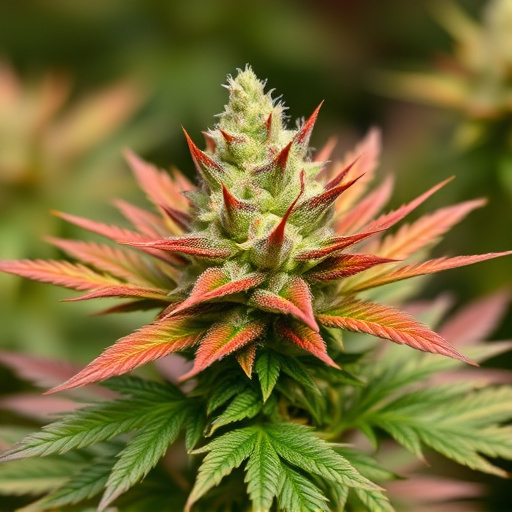
The aroma of cannabis is a complex interplay of various chemical compounds, with terpenes playing a significant role in shaping the scent we associate with different strains. Genetics are the driving force behind these terpene profiles, dictating which compounds are produced and in what quantities. Each cannabis strain, from the most prized best looking cannabis strains to the less well-known varieties, carries its own unique genetic makeup, resulting in diverse aromas ranging from sweet and floral to pungent and skunky.
Understanding these genetic variations is crucial for cultivators aiming to create specific scents and effects. By carefully selecting and breeding strains with desirable terpene profiles, growers can craft cannabis that appeals to a wide range of preferences, catering to those who appreciate the more subtle nuances as well as the unmistakable scent of skunk.
– Understanding terpene composition and its impact on skunkiness
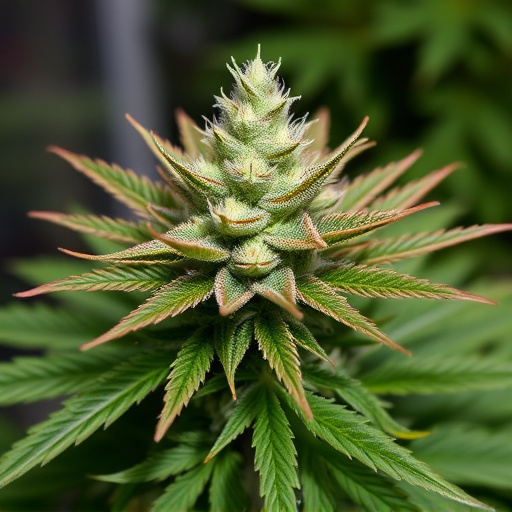
The skunk-like aroma associated with certain cannabis strains is largely attributed to a group of aromatic compounds called terpenes. These natural volatile oils are responsible for the unique scents and flavors we experience in many plants, including cannabis. Among the vast array of terpenes found in cannabis, some contribute more notably to the ‘skunk’ fragrance. Myrcene, for instance, is one of the most prevalent terpenes and is known for its earthy, musky notes that can veer towards skunkiness. Limonene, another common terpene, offers a citrusy aroma that can also impart a slightly skunky character when concentrated.
When cannabis plants are cultivated or processed, the balance and concentration of these terpenes can vary, significantly influencing the overall scent. Certain popular varieties known for their desirable characteristics in terms of appearance (often considered the best looking cannabis strains) may also exhibit more pronounced skunk-like aromas due to their terpene profile. Growers and breeders often focus on cultivating strains with specific terpene compositions to cater to diverse consumer preferences, ensuring that even among the most sought-after best looking cannabis strains, there is a range of scents to suit individual tastes.
In the diverse world of cannabis, the skunkier aroma is not just a matter of personal preference; it’s largely influenced by genetics and terpene profiles. Understanding these factors helps cultivators create unique scents, catering to various tastes. While some strains naturally produce more skunk-like odors due to their genetic makeup and terpene composition, others offer subtle, earthy notes or sweet, fruity aromas. When seeking the best-looking cannabis strains, considering these olfactory nuances can enhance the overall experience, ensuring that each bud tells its distinctive story through its scent.

